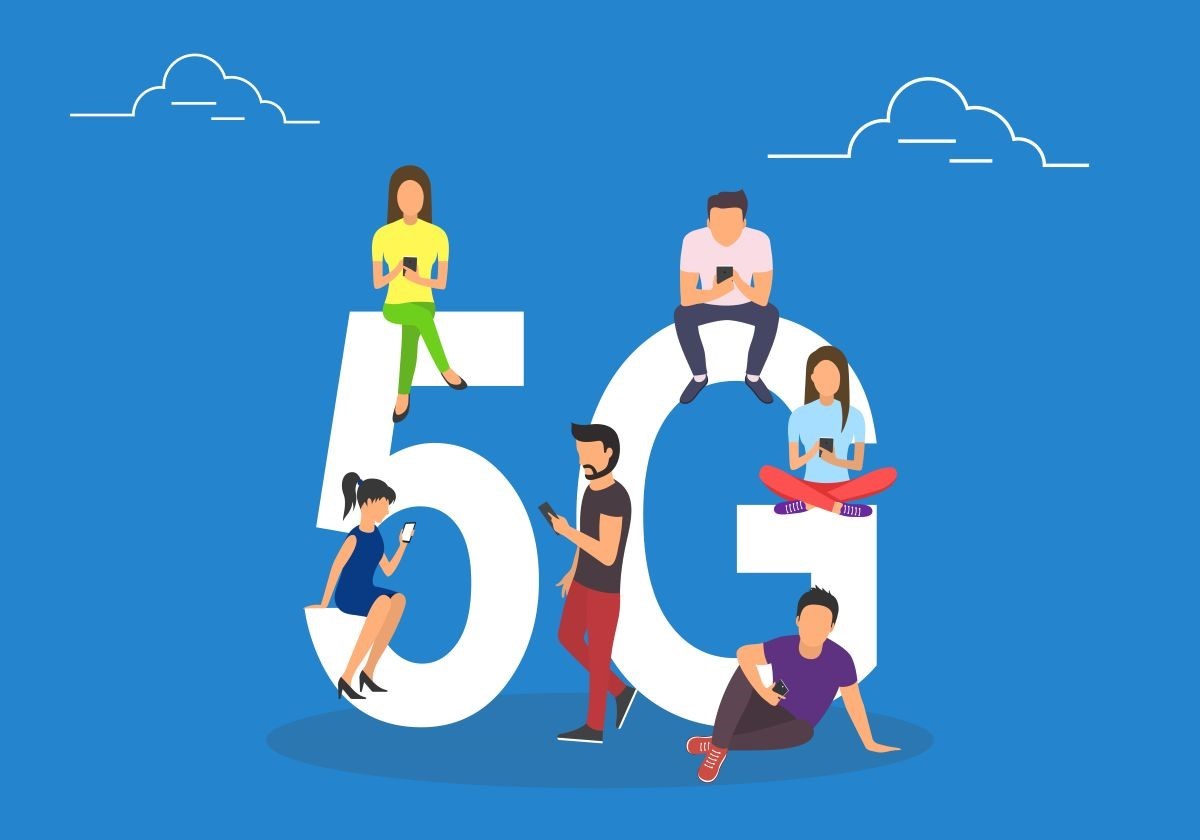
Welcome!
I am a skilled mobile technology blogger.
ARTICLE SAMPLES
Understanding the 5G spectrum
5G is all the rage these days, it seems. Many phone carriers have already implemented this technology, which promises much better speeds and an increased reliability. It looks like most U.S. citizens will get access to 5G by 2020. And yet, very few of us really understand the inner works of the most recent mobile data technology. Hopefully, this article will explain all its basic aspects.

As you probably know, 5G will replace 4G, aka 4G LTE. While 4G has provided a theoretical speed of 150 Mbps and its upgraded LTE version has hit the 1 Gbps mark, 5G promises speeds that can reach 10 Gbps. Real-life speeds will be much smaller, of course; we've gotten about 20 Mbps out of our 4G LTE data connections, so we may be able to reach 100 Mbps with 5G in real-life scenarios. To give you an idea, this speed will be more than enough to stream full HD movies without experiencing any hiccups.
Unlike 4G, the new technology will use three different frequency bands. In the U.S., the low-band spectrum will utilize frequencies in the 600 MHz – 900 MHz range; it will be faster than 4G, but since it uses a similar technology, speed improvements won't be that big.
Mid-band spectrum 5G will utilize higher frequencies, which range from 2.5 GHz to 4.2 GHz. Due to this, it will perform better than low-band 5G, offering data transfer speeds of up to 1 Gbps. As always, higher frequencies aren't ideal when it comes to signal propagation; radio waves tend to bounce a lot. To fix this issue, which would limit signal range, carriers will use multiple-input and multiple-output (MIMO) systems and antennas in conjunction with beamforming to send focused radio signals to each cell user, and thus ensure that call quality and data transfer speeds are okay.
The high-band spectrum is also known as mmWave, because wavelengths can vary from 1 to 10 millimeters. It utilizes frequencies that range from 24 GHz to 47 GHz, and it is the only version that shows the real power of 5G, imho.
High-band spectrum can provide theoretical speeds of 10 Gbps. Since the utilized radio frequency is much higher, long-range signal propagation may become a serious problem, though. Carriers will need to use lots of low-power signal amplifiers (small cells) to increase signal strength in-between regular cells.
Once that is done, though, people will have a much better web browsing experience. While 4G networks have a latency of around 50 milliseconds, 5G will help drop that figure to only a few milliseconds. This way, people will have online gaming experiences that rival the ones that can be achieved with powerful desktop computers that are connected to the web using fiber-optic Internet, for example.
It's clear that the switch from 4G LTE to 5G will take some time, because it involves a lot of new technology and quite a bit of money. However, once that the transition is over, people will get access to much better cellular-based communication and data services. Many carriers have already run out of 4G LTE frequencies, and this is the key reason why so many people experience disconnects or poor download speeds during peak hours.
On the client side, 5G will probably drain smartphone batteries faster. Phones will need stronger transmitters to deliver a better radio signal, and this will require more battery juice. However, battery performance should improve as carriers manage to upgrade all their equipment, and phones don't need to use high broadcasting powers anymore.